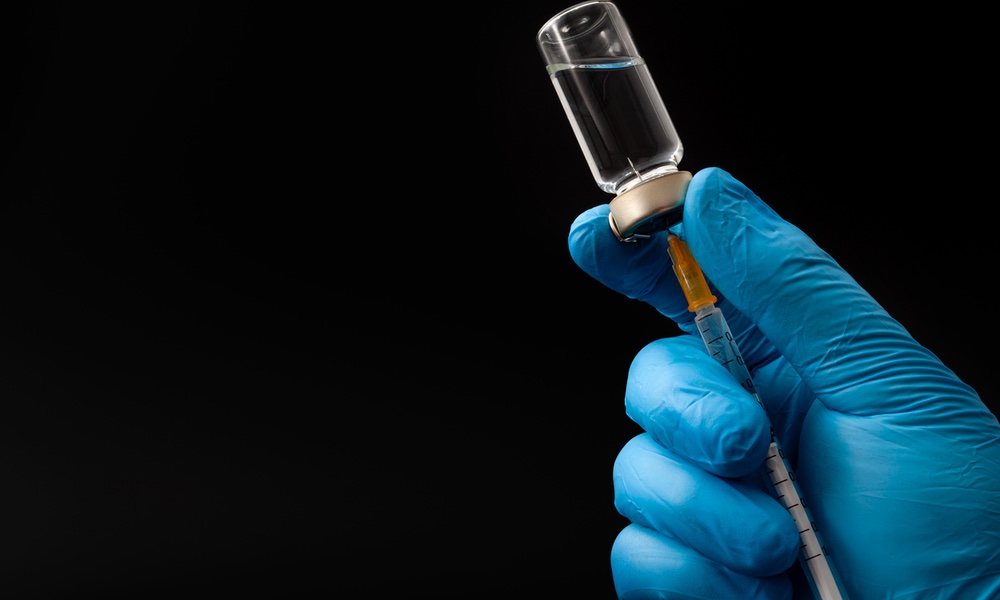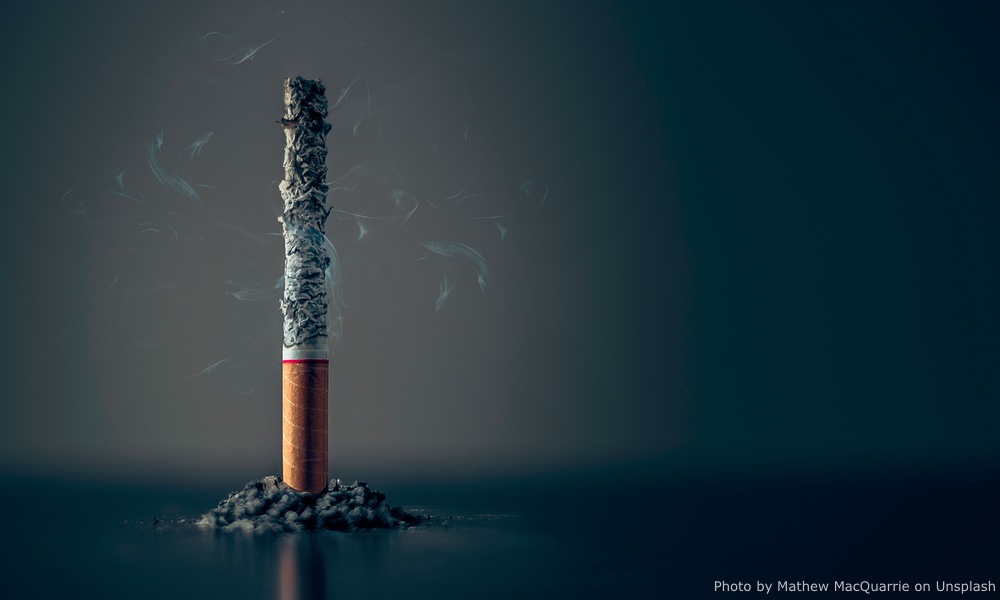Most of us probably would not feel very confident about our ability to administer CPR to someone who had stopped breathing.
But now we have backup via our cell phones. Today many 911 dispatchers can guide untrained bystanders through CPR, giving them step-by-step instructions when they phone in an emergency.
The practice is new enough that there's been little information on how well it works or even if it works at all. But thanks to a study of Arizona's statewide system, researchers were able to show that these simple phone instructions do save lives. And survival rates from cardiac arrest rose 42% after Arizona started its program.
Around 70% of people won't attempt CPR on someone who has stopped breathing, either because they never learned how to do it or because they're out of practice. This led the American Heart Association (AHA) to issue guidelines to 911 dispatchers designed to increase the number of bystanders who give CPR to cardiac arrest victims — people whose hearts have either stopped beating or are beating so erratically that they can no longer breathe and have lost consciousness.Bystander CPR can more than double the chance of surviving a cardiac arrest.
Cardiac arrest is not the same as a heart attack, though a heart attack can cause it.
The AHA guidelines are fairly general. They call for 911 dispatchers to quickly identify cardiac arrest cases and then encourage callers to start providing hands-only CPR, coaching them through it. The details are left up to individual municipalities and EMS systems, so the AHA has also called for evaluations to be done of how well these programs are working.
The Arizona study screened over 4,000 phone calls made to 911 between 2010 and 2013. More than 2,500 of these involved a cardiac arrest. EMS and hospital records were used to track the cardiac arrest patients' outcomes, and the records revealed that patient survival, frequency of administration of CPR and speed of CPR administration all rose after the new guidelines were put in place in 2012.
The number of cardiac arrest patients who survived until hospital discharge rose from 7.8% to 11.2%. The number of cases where CPR was administered rose from 44% to 62%. And the time from the start of the call to the start of CPR went down from 178 to 155 seconds.
Arizona has been slightly ahead of the curve on CPR phone coaching, adopting their system in 2011 before the AHA's 2012 guidelines were issued. Their 911 dispatchers attend a 3.5 hour in-person training session, followed by an hour of web-based training. They are also offered additional live-person training and webinars on CPR techniques.
Before this system of training was implemented, dispatchers typically asked callers if anyone was around who could perform CPR or if they would be willing to do so. Now dispatchers gently but firmly tell callers that they need to start giving CPR and that they will guide them through it.
They first ask if the patient is conscious and if they are breathing normally. If both answers are no, the dispatchers immediately begin issuing instructions to the caller on how to start administering CPR.
According to the AHA, bystander CPR can more than double the chance of surviving a cardiac arrest. And CPR is simple enough that even children can learn it. That's two reasons why CPR phone coaching should help save lives.
A short instructional video on hands-only CPR can be seen here.
The study was presented at the American Heart Association 2014 Scientific Sessions.




